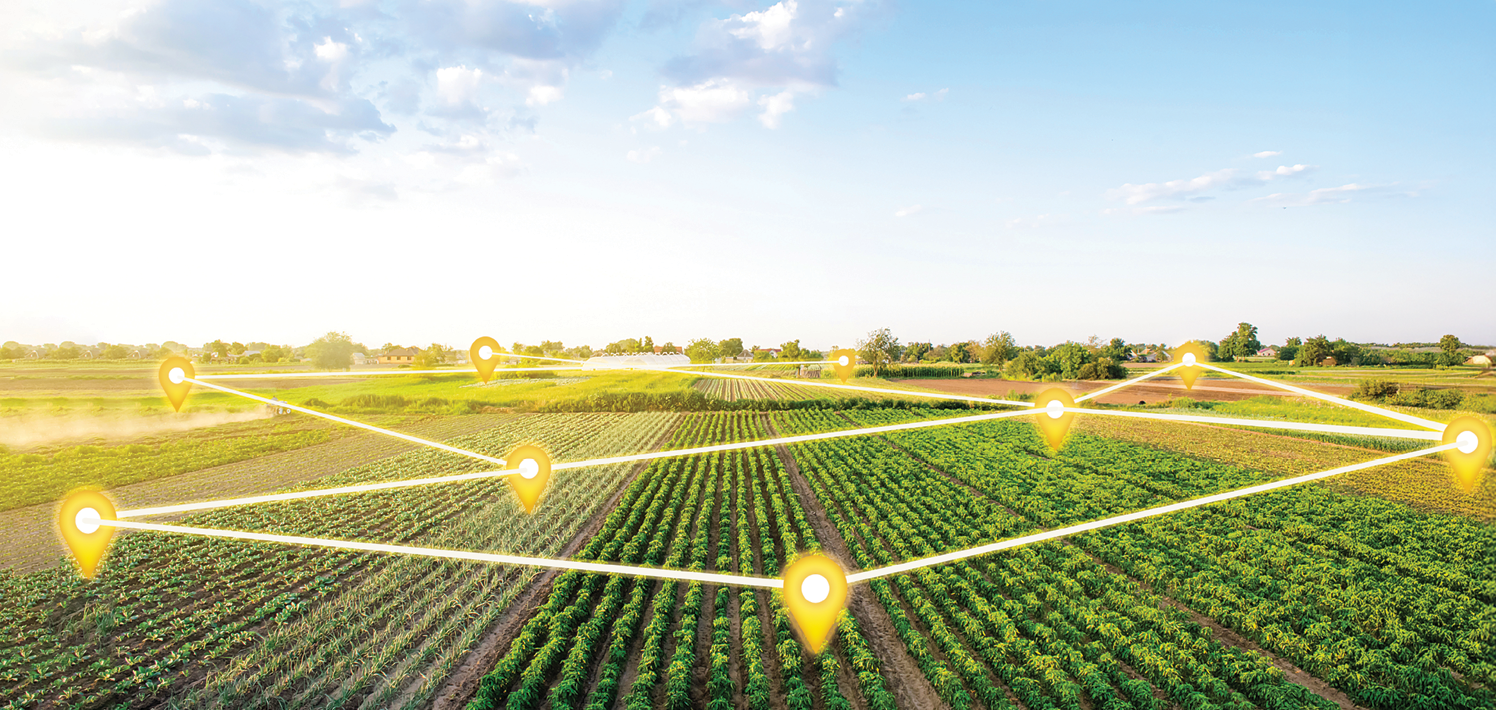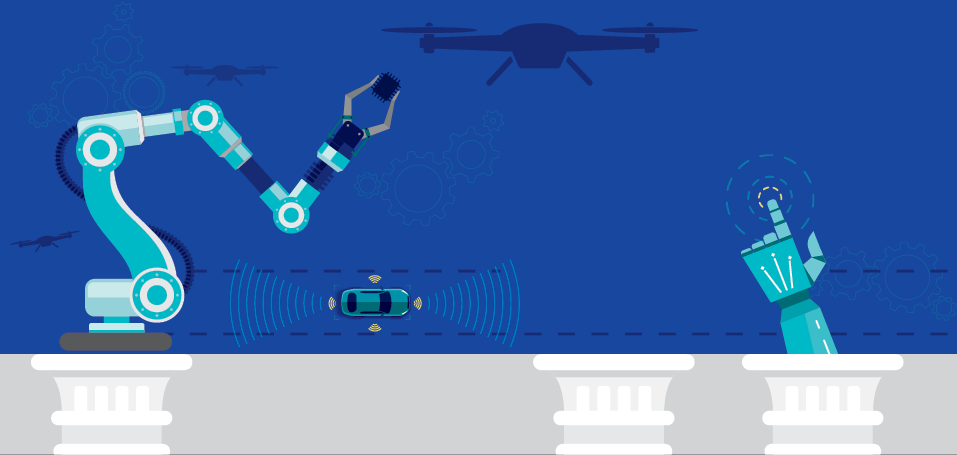Agriculture 4.0:
Bloomfield Robotics
COLLEEN KELLY
Imagine a synergy of smart technologies as a Venn diagram consisting of robotization, automation and digitization — with the future of our food supply as the unlikely nexus. This is the vision of Bloomfield Robotics.
As the world’s oldest industry, agriculture has a deep heritage. It’s difficult to imagine its sustainability predicated on innovation and advancement. But just as with everything else, gardening methods have perpetually evolved alongside contemporary society. Today, computer scientists and growers are collaboratively launching a fourth agricultural revolution, one that leverages precision farming techniques to create a more predictive and productive industry.
Satellite agriculture truly sees the forest for the trees. At the intersection of AI analytics, GPS field mapping and GIS spatial data lies an opportunity for farms of any scale to hyperfocus on niche microclimates — even individual seedlings — within their fields. And CMU researchers have been on the forefront of this cutting-edge plant technology for a decade.
Bloomfield Robotics was initially conceived as part of CMU’s Comprehensive Automation for Specialty Crops project, funded by the USDA Specialty Crops Research Initiative. It continued to develop under other sponsored research projects until 2018, when the idea blossomed, and Tim Mueller-Sim, a student of Research Professor and Associate Director of Education in the Robotics Institute, George Kantor, founded Bloomfield Robotics to commercialize the enterprise.
Their plant imaging technologies were first pioneered on a grander scale at a home-based vineyard in upstate New York. Bloomfield’s pixel-by-pixel approach detected slight differences in grape cluster sizes, counts and color on each vine and then analyzed patterns of quantity, quality and berry readiness. This was the working eureka moment. Embracing agritech tools could have long-term human impact by increasing food security while simultaneously reducing waste.
Over 13% of U.S. households face food insecurity and 35% of the food supply in the U.S. is wasted, but precision farming is transforming that. A recent study from the Association of Equipment Manufacturers found that farmers engaging in it as best practice have seen a 4% increase in production, 7% reduction in fertilizer use, 9% reduction in herbicide applications, 6% reduction in fossil fuel use and a 4% reduction in water use.
“The system is best suited to large growers of specialty crops — grapes, apples, blueberries,” said Kantor. “The most important application right now is fruit ripeness mapping for harvest scheduling at large blueberry plantations in South America.”
With smart farming, everything is monitored simultaneously and remotely. Telecommuting agriculturists have seamless access to their equipment and land data from wherever they sit in the world. Real-time data and computer-driven visual health assessments erase the guesswork from crop conditions and allow for maximum control over desired outcomes, which include less water stress and fewer pests. From soil properties to disease identification to prime harvest times, growers can easily make informed farm management decisions that improve their yield, efficiency and resource use — all from their home office.
In 2024, Kubota Corporation acquired Bloomfield Robotics, allowing operations to stretch further across the Americas and Europe. The project has grown, but the mission is largely the same: Embrace AI. Work with climate change, not against it. Feed all the people nutritious food. And
give plants the chance to live out their best lives — from seed to mouth. ■



